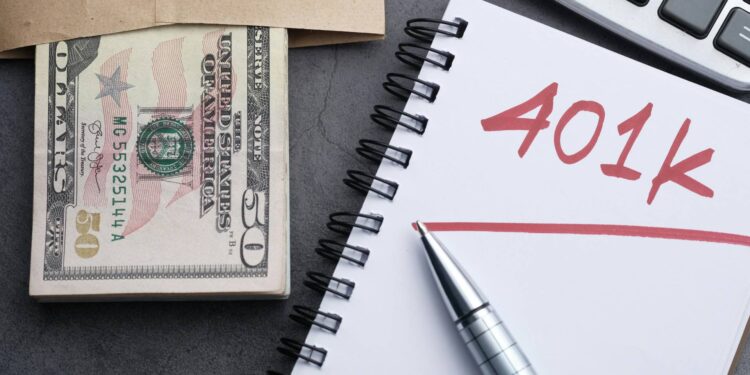Individuals between the ages of 60 and 63 will soon have the opportunity to enhance their retirement savings due to a significant modification to 401(k) catch-up contributions that will take effect in 2025. The Secure Act 2.0, which was passed in 2022, introduced various enhancements to the retirement system, such as elevated catch-up contribution limits for older employees. Commencing in 2025, workers within the 60-63 age bracket will be able to increase their annual 401(k) catch-up contributions to either $10,000 or 150% of the standard catch-up limit, depending on which is higher.
This adjustment is designed to assist older employees in setting aside additional funds as they approach their retirement. Dave Stinnett, who leads strategic retirement consulting at Vanguard, has indicated that some modifications from Secure 2.0 have already been implemented, but this particular change for those who are “max savers” will come into play in 2025. The increased catch-up limit arrives at a time when a significant number of American workers are facing difficulties with their retirement savings.
A recent survey conducted in August revealed that approximately 40% of workers are lagging in their retirement planning and savings efforts. In 2024, employees can defer a maximum of $22,500, with an extra $7,500 available for workers aged 50 and above. The higher limit for the 60-63 age demographic may provide considerable support for some savers, according to specialists.
Enhancing retirement savings in 2025
Jamie Bosse, a certified financial planner and senior advisor at CGN Advisors based in Manhattan, Kansas, voiced his approval of the change, noting, “This can be an excellent method for individuals to enhance their retirement savings. Depending on your contributions, the increase can be quite considerable.”
Nevertheless, not all eligible employees are making use of catch-up contributions.
Vanguard’s 2024 How America Saves report disclosed that merely about 15% of qualified workers utilized catch-up contributions in 2023, and those who did tended to be higher earners. The report further indicated that over half of 401(k) participants with earnings exceeding $150,000 and nearly 40% with an account balance above $250,000 made catch-up contributions in the same year. Another element of the Secure Act 2.0 that will affect catch-up contributions involves adjustments to Roth accounts.
Beginning in 2026, employees earning more than $145,000 from a single employer in the previous year will be required to direct their catch-up contributions to after-tax (Roth) accounts, including 401(k), 403(b), or 457(b) plans. The IRS has postponed the enforcement of this regulation until January 2026, allowing workers to continue contributing pretax 401(k) catch-up amounts throughout 2025, regardless of their income level. As the retirement landscape continues to change, it is vital for workers to remain updated on the alterations and how they may influence their savings approaches.
Consulting with a financial advisor can assist individuals in comprehending how to effectively utilize these updates to optimize their retirement savings.


